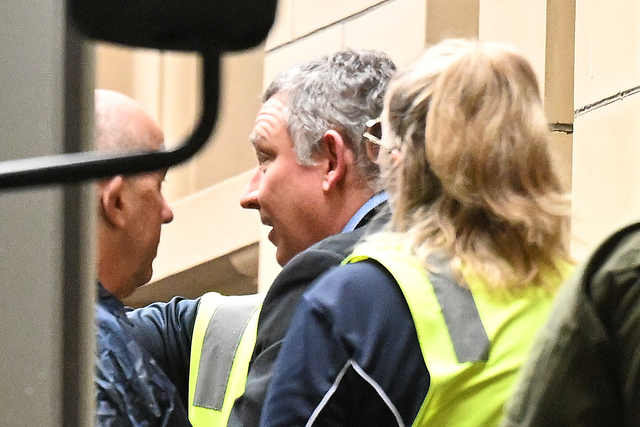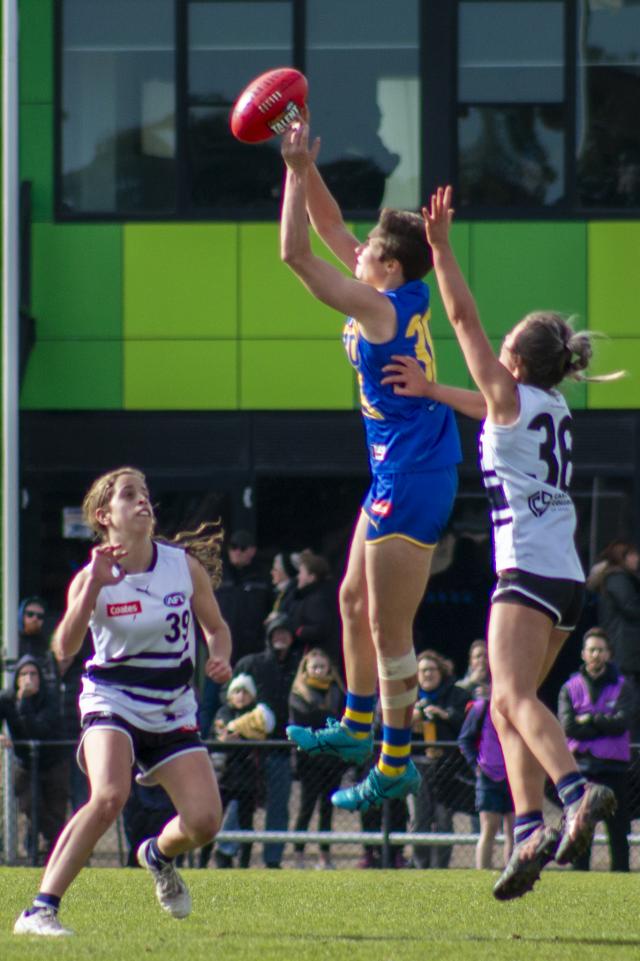By Angela Allan
There’s a saying that “location is everything”, but there are actually several factors that investors look at before placing a bid for a property.
The investor will be considering the needs of future occupants, so a residential property in a suburban area tailored to families and nearby services – including schools, transport and parks – is a plus. The investor will also consider whether the property is for holiday-makers or will become a family’s everyday home and then determine which features would be most desirable.
Investors usually choose properties within an 11-kilometre radius of a capital city because these are considered sought-after areas. High-growth corridors close to key employment and transport areas are also popular for investors because this means the residence can be occupied, and generate rent, quickly.
Using this information, an investor has to consider which properties in which suburbs will give them the most revenue now and in the future. Real estate is also subject to trends, and the market determines what investors will or won’t purchase; the rate of vacancy in a particular suburb may signify things have gone awry. The size of the land, ‘character’ and number of bedrooms and bathrooms in a house also come into play.
Investors also consider the area’s crime rate and neighbourhood safety, local schools and their reputation, access to jobs and the unemployment rate, and potential for building permits and future development. Make no mistake: investors want to turn a profit. They not only have to put money up-front, including stamp duty and any legal or conveyancing fees, they also look towards property improvements that may need to be done.
The resale value of the property – which is determined by the value of money, market conditions and any additions or improvements planned – are all factors that will go toward determining the resale value and the investor’s bottom line.







